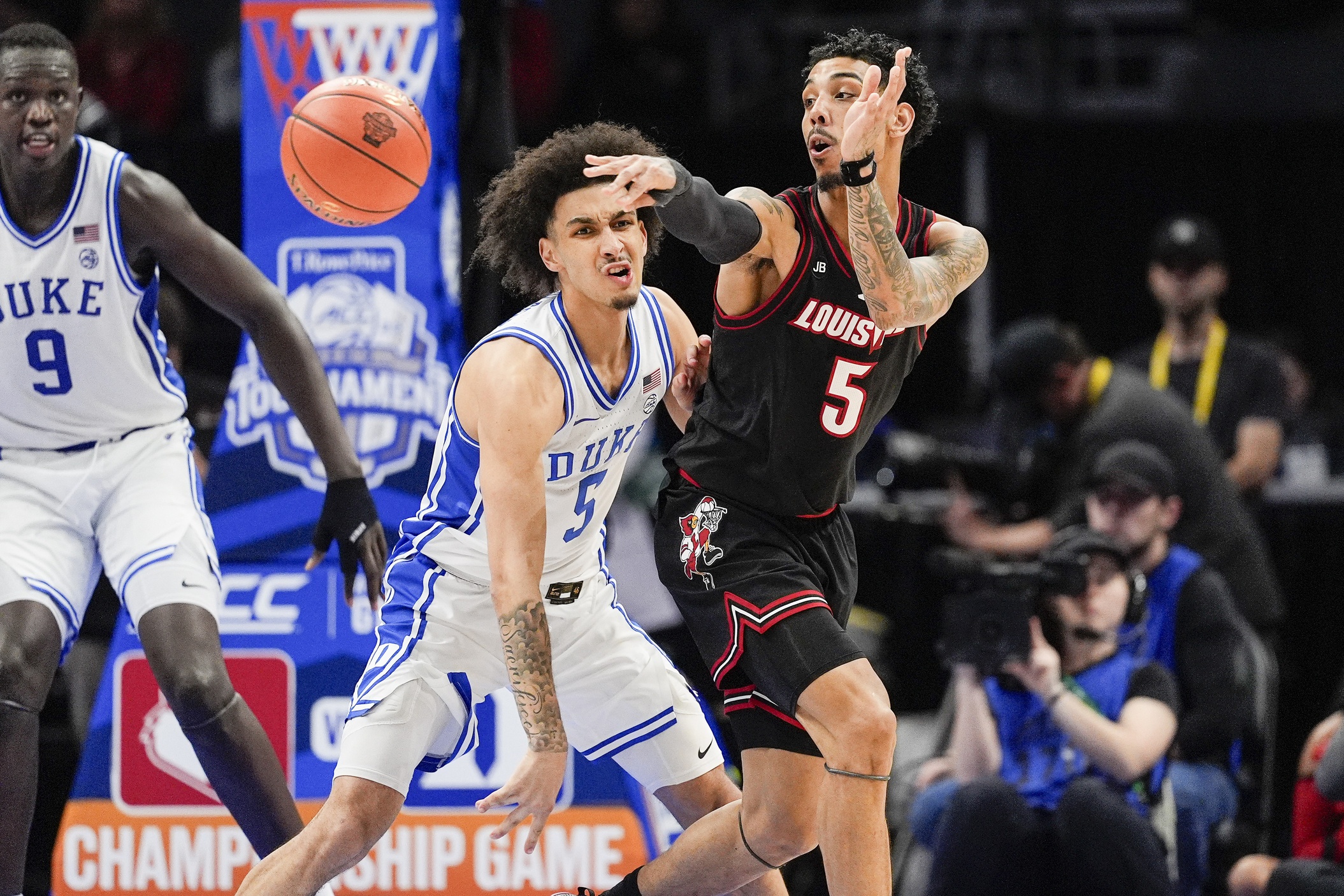2025 NCAA Tournament Bracket Advice and Tips

There are few things better than carefully creating your March Madness bracket leading up to the Big Dance. The odds of crafting a perfect bracket are virtually zero, but that won’t stop us from trying. Selecting winners for 63 matchups is no easy task, and the randomness allows for non-sports fans to outperform the expert brackets you will find online. However, there are a few tips and tricks you can follow to maximize your odds of a winning, if not perfect March Madness bracket.
Doc’s Sports offers college basketball expert picks for every game on our NCAA basketball predictions page.
Start From the National Championship:
Many people will start in the first round and work their way through the March Madness tournament in chronological order when creating their March Madness brackets. While this may seem like the easiest way to fill out a bracket, it is not the most effective. Instead, start at the National Championship game or the Final Four, and work your way backward. This will force you to prioritize the later games in the tournament, which are worth far more points than the first and second round matchups. It will also prevent the temptation to select too many early upsets, which is a common bracket mistake for novice bettors. It is certainly unconventional, but this is one of the easiest and most effective March Madness tips to follow.
Focus on the Favorites:
The NCAA Tournament is famous for its upsets, but getting too carried away can greatly reduce your chances at a winning bracket. The first round will feature more than half of the March Madness upsets, and deep tournament runs from lower seeds are few and far between. The #1 seed ends up winning the region nearly 40% of the time, and a top three seed emerges 71.1% of the time. While that does mean one seed outside the top three will likely move onto the Final Four, guessing which team that may be is a tough task. A perfect bracket is a perfect bracket and there is no increase in prizes for selecting the most upsets. Sprinkling in a few upsets here and there is an effective strategy, but straying too far away from the betting odds will greatly reduce your chances of winning with your NCAA tournament bracket.
Click Here for Doc’s 2025 40-page March Madness Betting Guide with team breakdowns, free picks, expert analysis and wagering tips! The BEST NCAA Tournament betting guide available in the industry!
Have some fun in the First Round:
The top four seeds in the first round have a combined record of 555-69, while seeds #5 through #8 have a combined record of 367-256. There will probably be one big upset in the first round, but a large majority of the variance comes from the middling seeds. Even though a #5 vs #12 matchup may feel one-sided, the #5 seed only wins less than 2/3 of the time. Picking a #1 seed to fall is not a wise move, but there is nothing wrong with trusting your gut in the first round with some dart throws.
Count Your Upsets:
Depending on the size of your March Madness pool, it could pay to be unique. Picking the favorite in every matchup is unlikely to get you the victory, but it is also unlikely to have you finish in last place (if there is a last place punishment). There is a sweet spot in the number of upsets you have to pick, and that number is between 7 and 11. Picking fewer than this will reduce your variance, but it will also limit your chances at a perfect bracket. On the other end of the spectrum, picking too many upsets will mean the stars will have to align for you to stay alive into the later rounds. The average is around 8 per year, but the last 25 tournaments have only featured one year with less than 7 upsets. The number of upsets per year is generally trending upwards, so between 9 and 11 upsets is the way to go this year.
Be Unique:
In a similar vein to picking upsets, don’t hesitate to take one big swing on a middling seed reaching the Final Four. All pool entries will be selected from the same 64 teams, and you do not want to be too similar to any other entry. This doesn’t mean you should start picking #15 seeds to win their region, but tailing one team longer than any sane mind would dare is a great way to stand out. If your selected team does pull off an extra upset or two, you will be in a great position to win the pool. If you end up submitting a bracket too similar to your opponents, even if things go your way you still may fall short when it comes time to tally up the points.
Get college basketball picks on every single game, or if you want our very best bet premium picks by the experts, sign up for your free $60 account with a guarantee.
Most Recent March Madness Betting
- Final Four Props with Best Bets, Odds and Predictions
- MOP Betting Odds and Predictions for the Final Four Most Outstanding Player
- March Madness: Breaking Down National Championship Odds vs. Seedings for Sweet 16
- Women's Sweet 16 Bracket Picks: Mapping Out the Eventual National Champion
- Sweet 16 Bracket Picks: Mapping Out the Eventual National Champion
- NCAA Tournament Sweet 16 Best Bets Against the Spread and Over Under
- March Madness Betting for Dummies and Novice Bettors
- NCAA Tournament Seed History and Trends
- March Madness Seed Statistics for 2025 NCAA Tournament
- 2025 March Madness Bracket Predictions: East Region
